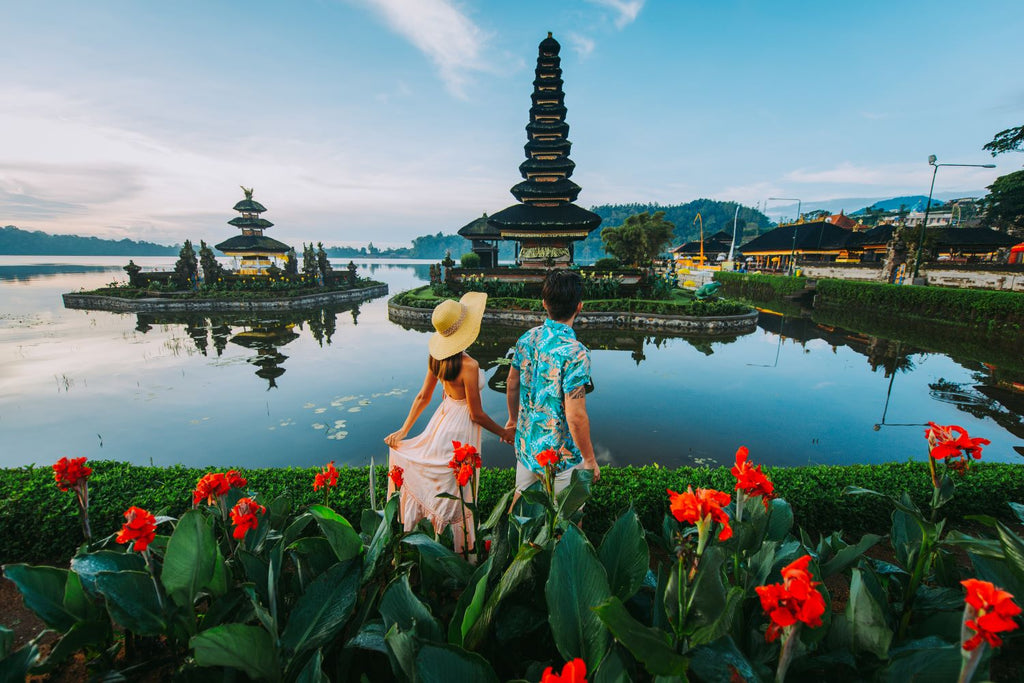Aixuze Insights
Explore the latest trends and insights on diverse topics.
Passport to Curiosities: Exploring the World's Quirkiest Cultural Traditions
Uncover the world's quirkiest cultural traditions! Join us on a whirlwind journey of fascinating customs and hidden gems.
Unveiling the Unusual: A Journey Through the World's Strangest Festivals
Festivals are a reflection of culture, creativity, and sometimes, sheer eccentricity. Around the world, there are numerous events that challenge the traditional notions of celebration. One such event is the La Tomatina, held annually in Buñol, Spain, where thousands of participants engage in a massive tomato fight. This colorful spectacle not only attracts tourists but also emphasizes the town's history and sense of community. Another bizarre festival is the Cheese Rolling Festival in Gloucestershire, England, where participants chase a 9-pound wheel of cheese down a steep hill, with the winner snagging the prized cheese at the bottom. Such strange festivals not only offer entertainment but also highlight the quirky traditions that make each culture unique.
Across the globe, festivals can be both bewildering and fascinating. The Up Helly Aa festival in Shetland, Scotland, merges fire and Viking heritage, where locals dress as Vikings and march through the streets, culminating in the burning of a longship. Similarly, the Hogmanay celebrations mark the New Year with a spectacular fireball-swinging event in Stonehaven, where participants swing flaming balls around their heads, representing the cleansing of the past year. These unusual gatherings provide a glimpse into the rich tapestry of human experience, showcasing how diverse and creative our approaches to celebration can be. Whether it’s through food fights, fire displays, or historically inspired reenactments, the world’s strangest festivals invite us to join in on the fun and revel in the extraordinary.

Cultural Curiosities: 10 Bizarre Traditions You Didn't Know Existed
Across the globe, diverse cultures boast bizarre traditions that might just surprise you. For instance, in Japan, there's a ceremony known as namahage, where men dressed as demons visit homes on New Year’s Eve to scare misbehaving children into being good. This unique custom not only emphasizes the importance of good behavior but also serves as a reminder of family values and community bonds.
Another intriguing tradition comes from the small village of El Colacho in Spain, where locals celebrate the 'Baby Jumping Festival' each June. During this event, men dressed as the devil leap over infants lying on mattresses in an effort to cleanse them from evil spirits. The fascinating blend of superstition and festivity makes this ritual a colorful spectacle that attracts visitors from around the world, showcasing one of the many bizarre traditions rich in cultural significance.
Why Do Cultures Have Weird Traditions? A Deep Dive into Social Practices
Every culture is a tapestry woven from distinct threads of history, belief, and social norms. Weird traditions often emerge from a society's efforts to create meaning and foster community. These practices can range from quirky rituals surrounding food, such as the Japanese custom of ikuze where individuals cheer before a meal, to bizarre rites of passage, like the splashy color festivals celebrated in India. Understanding why these traditions exist requires us to dive deep into the psychology of human interaction, illustrating how communities establish a sense of identity and continuity through unique customs.
Moreover, many weird traditions serve practical purposes that may not be immediately apparent to outsiders. They can act as tools for social cohesion, providing shared experiences that reinforce group bonds. For instance, in some cultures, the practice of ancestor worship is not only a way to honor the past but also a means of promoting unity among family members. As we explore these diverse practices, it becomes clear that what may seem strange to one culture might hold profound significance for another, emphasizing the rich variety of human expression and the complexity of social practices.